Nowadays, we take the fact that watches live on the wrist for granted, but it was not always this way. In fact, for the time-honored craft of watchmaking, the adoption of the wrist as the watch’s permanent home was a relatively recent phenomenon brought to pass out of necessity.
As is often the way, it was a crisis that spurred the watch industry to innovate. Although watches had occasionally been worn on the wrist prior to World War I, it was a practice more common among women. At that time, the idea of a woman wearing the waistcoat a pocket watch needed to be worn effectively would have been controversial, to say the least. Similarly, the idea of a gentleman not adorning his vest with a pocket-bound timepiece seemed absurd. When the Great War broke out, that changed. Watchmaking was never the same again.
The enduring popularity of the watch styles that played a valuable role in our world’s most fearsome conflicts is almost certainly down to their incredible functionality. They are the very definition of tool watches. Large, uncluttered dials with broad and easily legible hands treated with luminous material are encased in tough, water-resistant cases, and strapped to the wrist using hard-wearing watchband materials.
The fact that this style of watch is so heavily influenced by the watch’s function (as a survival tool) has a lot to do with its perennial popularity. As is often said, “form should follow function,” and in this case, that couldn’t be more apt.
Prior to the major conflicts of the twentieth century, wristwatches were more commonly seen as a women’s accessory rather than a man’s, given the dress conventions of the time. Men would more often wear their watches in the pocket, and the thought of interrupting the thought of one’s cuff (in those days, worn tighter to the wrist), seemed nonsensical.
In the absence of waistcoats (vests), women had little option but to wear their timepieces on the end of their arms (if at all). Rumor has it that the very first wristwatch was created by Hermés for his daughter when he, a master saddler, stitched together a wrist-mounted leather carry-case that could carry a pocket watch (a smallish one, one assumes) so she too could wear a watch.
When the First World War broke out, the necessity for accurate, easy-to-read, and always-visible timepieces became of paramount importance. For the first time, not only millions of lives but also the fate of the very world itself were on the line. The watchmaking industry responded accordingly, by welding wire lugs onto existing pocket watches so they could be worn on the wrist for the first time en masse.
This style of watch became known as a “Trench Watch” and accompanied the brave men that, during the Great War as it was known then, lined the defensive trenches, putting their bodies on the line to keep evil at bay.
Nowadays, many people collect this style of watch (or the few examples thereof that have survived in working order to this day) because of that association of risk, righteous endeavor, and unquestioned heroism on display in those young soldiers. Others simply adore the broad, legible dials, the frequent presence of bold Arabic numerals, and the way the larger cases wear a lot smaller than expected due to the fact the absent lugs vastly reduce the visual impact and burliness of the watch on the wrist.
The design of trench watches was much refined during the Second World War. By that time, watches had made an almost universal migration to the wrist from the pocket during the ‘20s and ‘30s following the conclusion of WWI.
Watchmaking manufacturing techniques had vastly improved. It was suddenly possible to manufacture much smaller movements with more delicate components. Accordingly, wristwatch diameters had plummeted from those of their pocket-based ancestors.
Towards the end of WWII, the Allies placed an enormous watch order with 12 separate companies. These companies, which, together, produced a line-up of watches that would become known as the Dirty Dozen, were tasked with producing a series of watches to the same specifications. Unsurprisingly, small differences manifested in the final products. Each company had its own interpretation of the specifications provided and its own individual aesthetic preferences. Most of the resulting watches were issued to Allied service people around the globe, but the delivery came so close to the end of the conflict that many never made it to the front line or even their intended destination.
Regardless, the design cues seen in the Dirty Dozen watches have gone on to define the archetypical military field watch and those twelve watches are now held up as some of the most desirable and collectible pieces ever made. The Praesidus A-11 drew its design inspiration from these iconic watches but aimed to improve on the legibility by harking back to the pocket-watch-based Trench Watches from an earlier generation.
The result is perhaps one of the most readable and stylistically enduring watches ever made. Now, brought back to life using modern manufacturing techniques, the updated Praesidus A-11 represents a great value and time-honored interpretation.


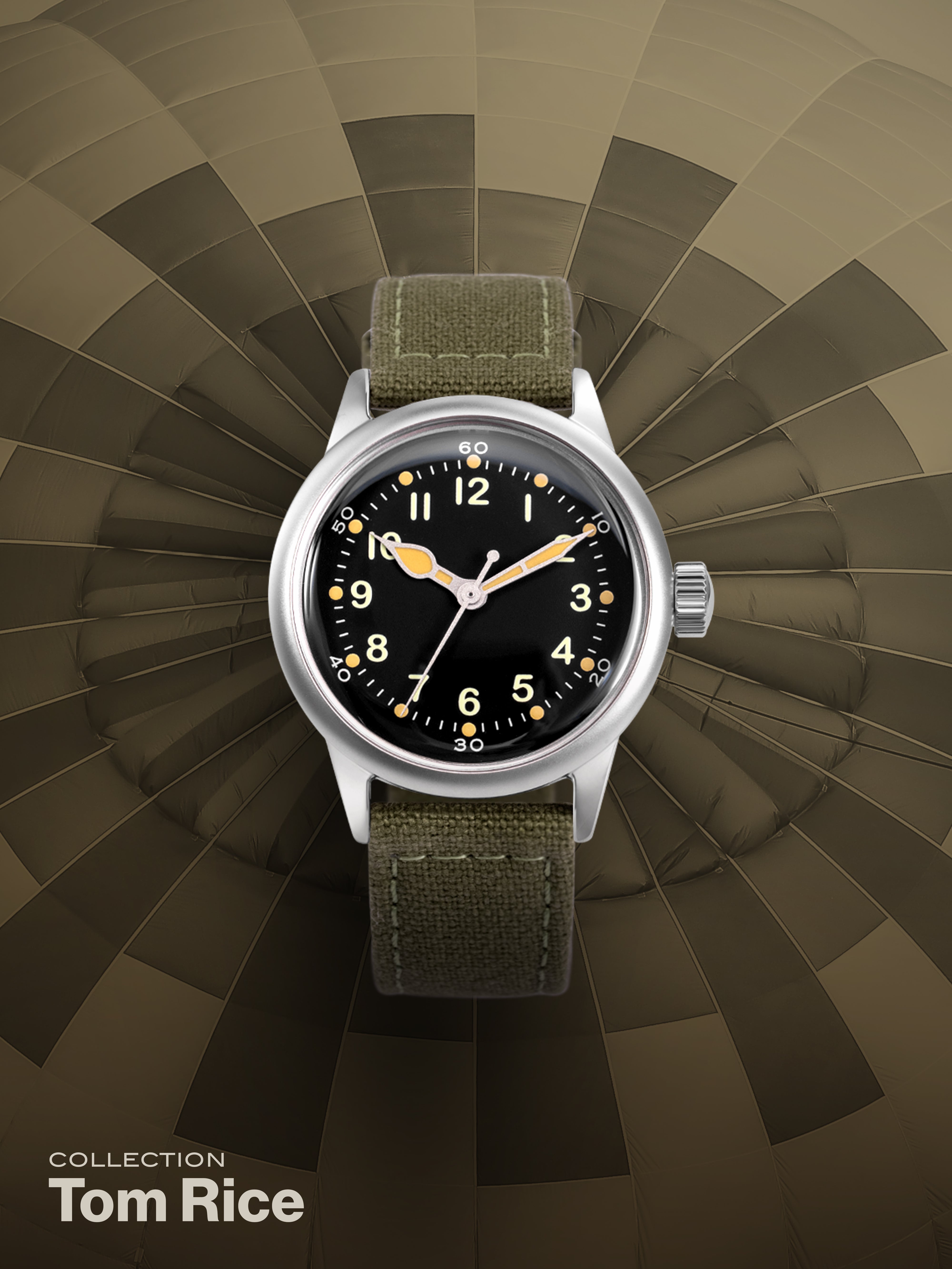

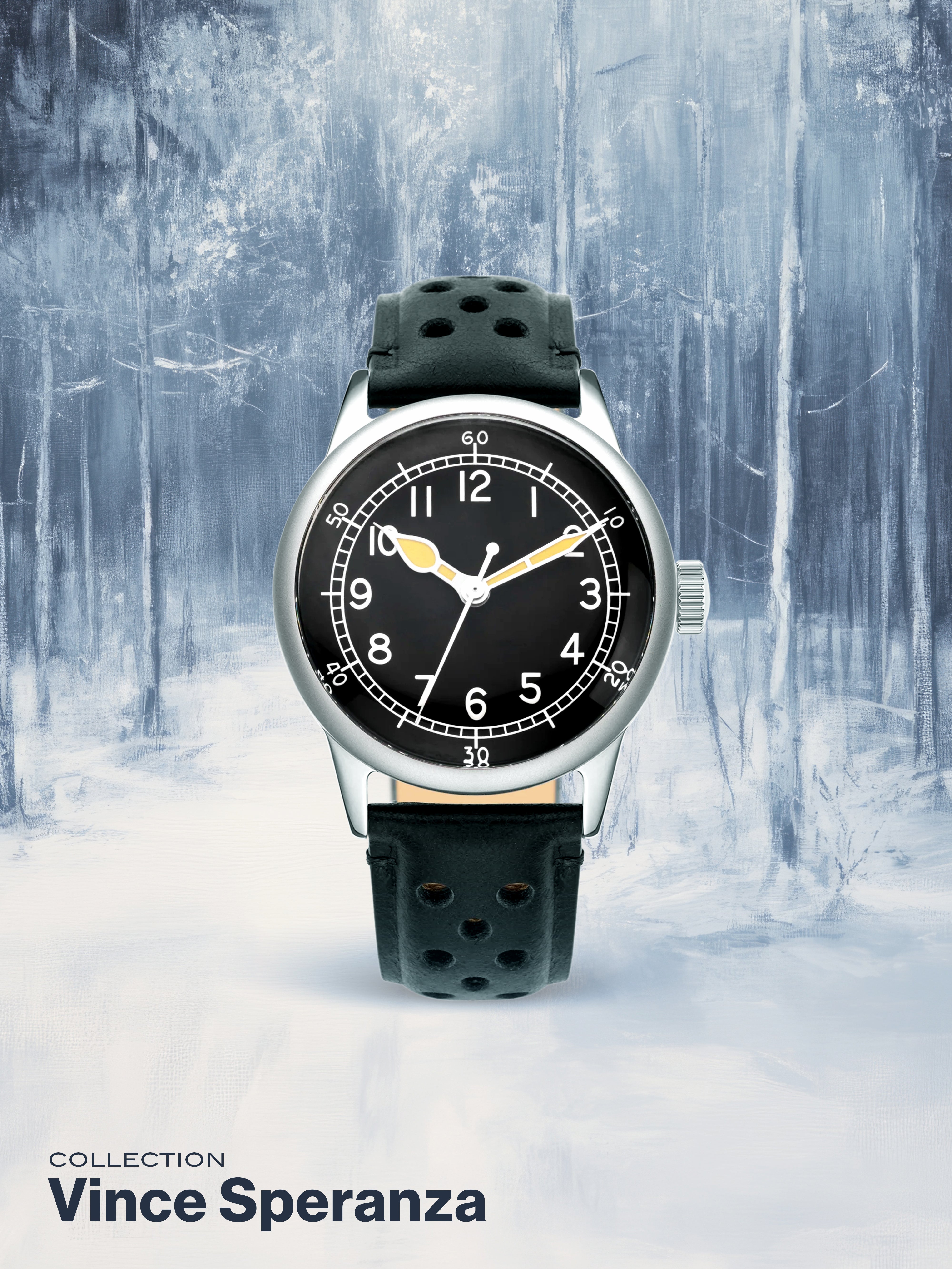
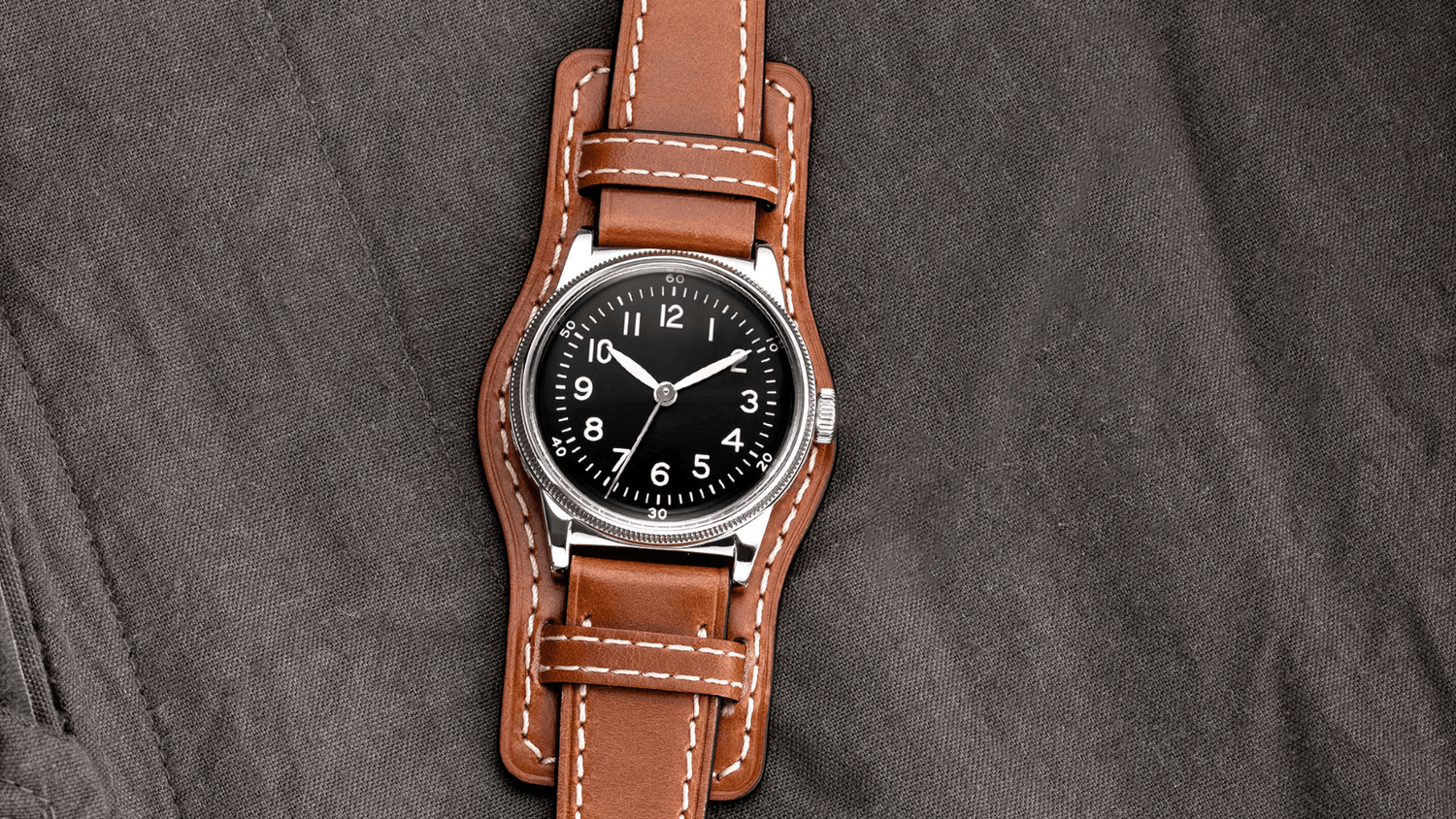
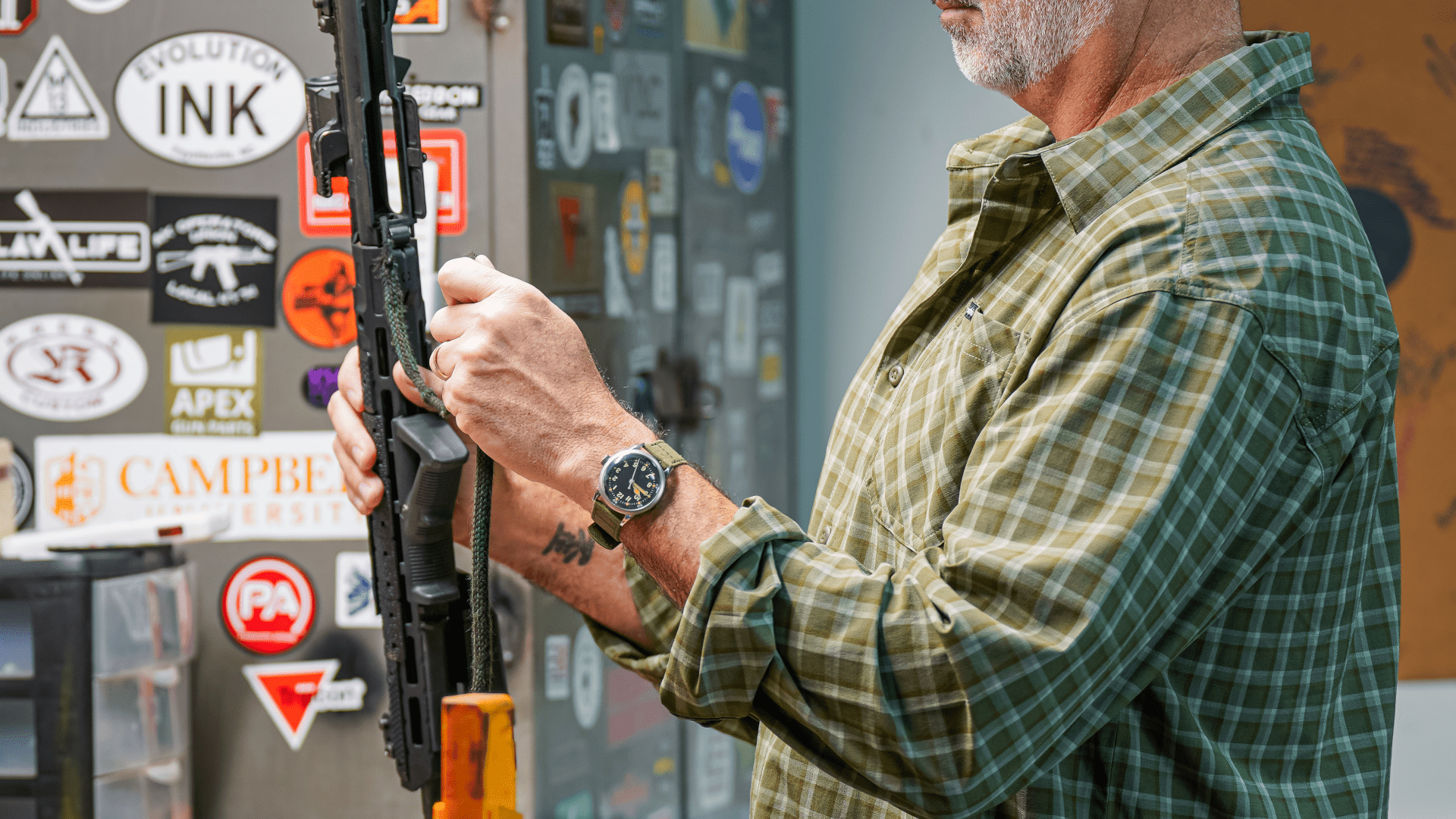
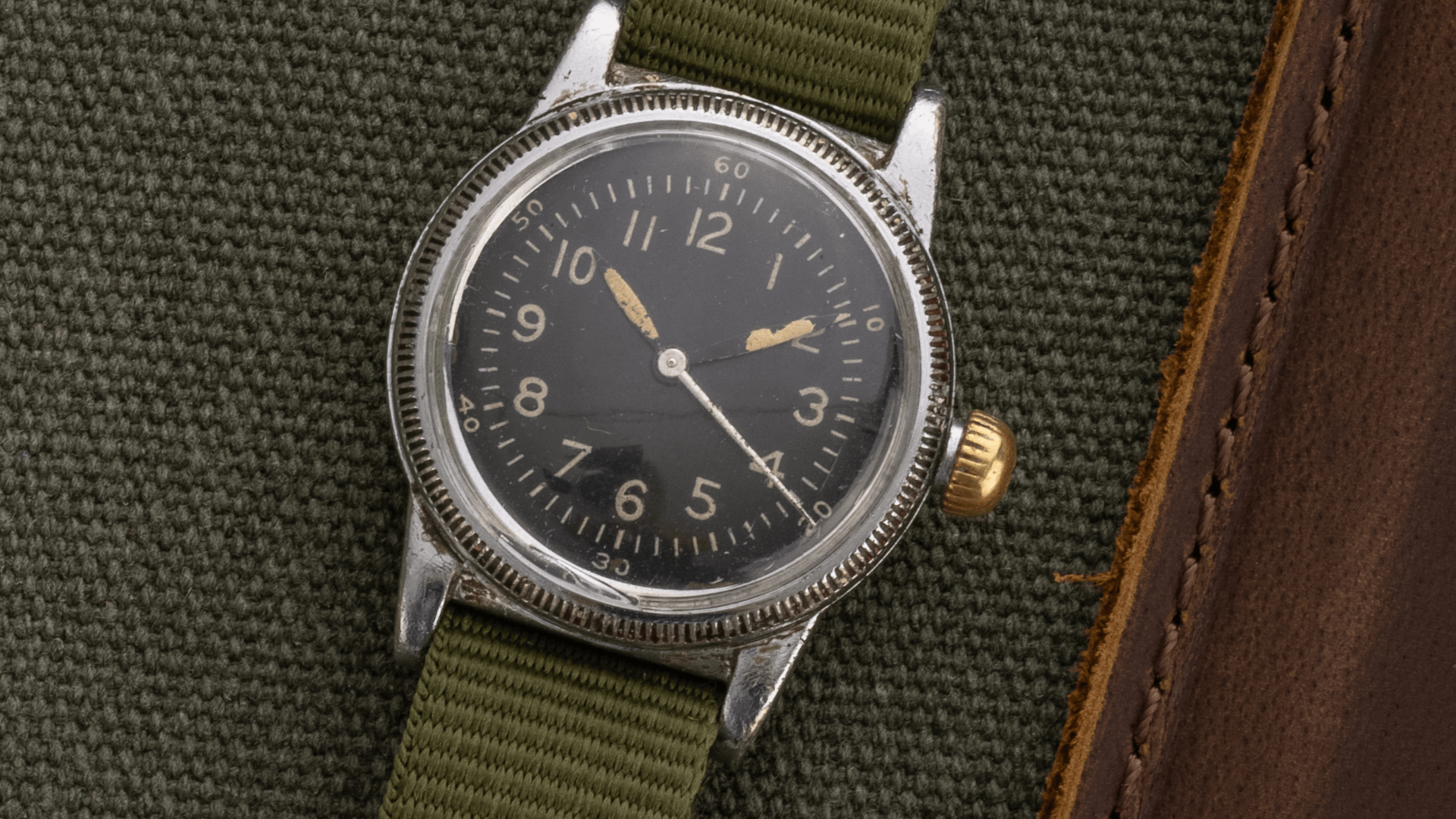
Leave a comment
This site is protected by hCaptcha and the hCaptcha Privacy Policy and Terms of Service apply.